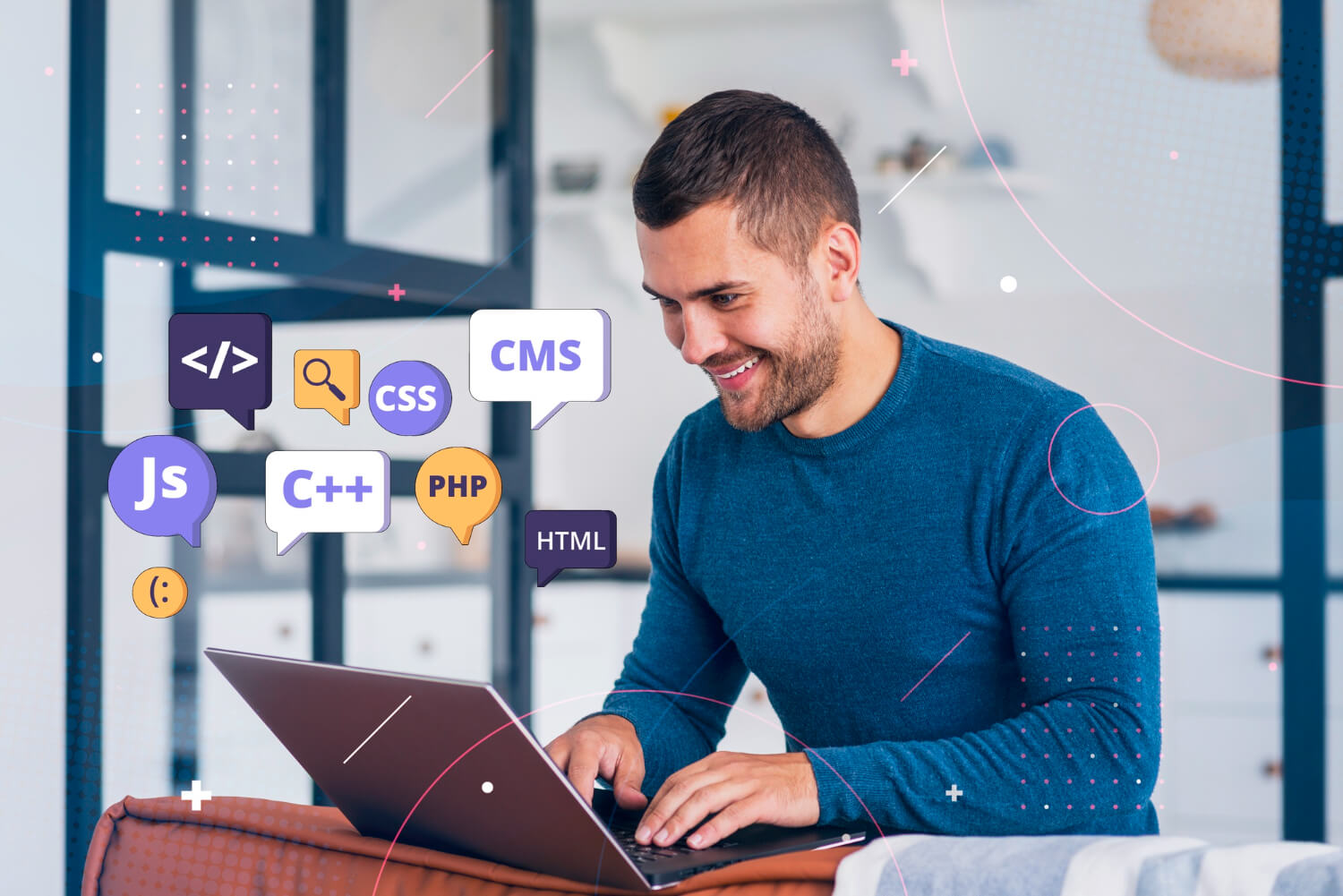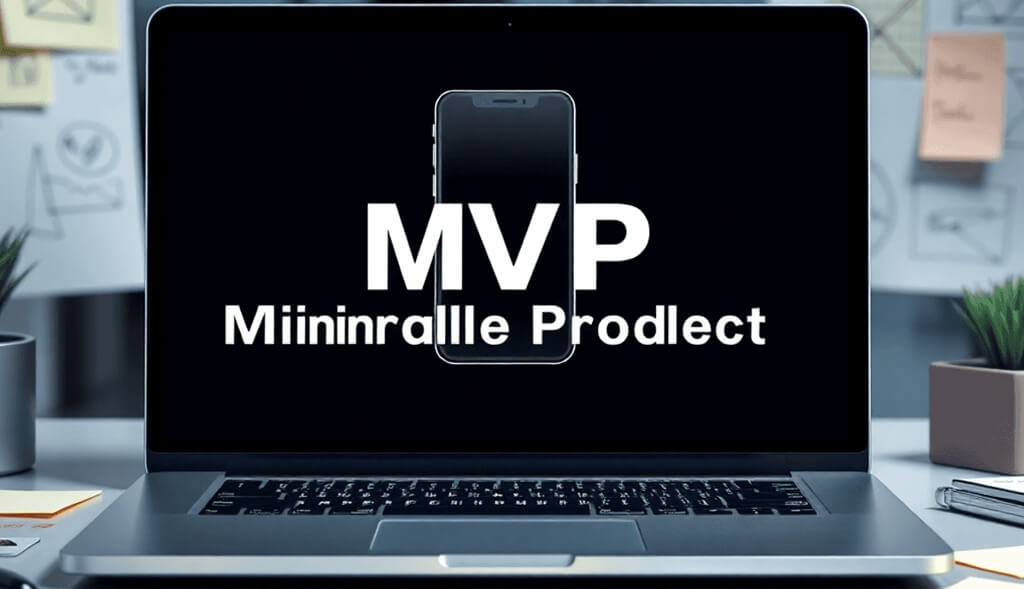From Idea to Launch: How MVPs Streamline Product Development
In today’s lightning-fast digital landscape, the key to launching a winning product isn’t perfection—it’s responsiveness. Enter the Minimum Viable Product (MVP): a lean, no-frills version of your idea that delivers real value and lets you test core assumptions early.
An MVP is like packing light for a big trip—you bring only the essentials, leaving behind anything nonessential. It gets your product in front of customers quickly so you can:
- Test market fit early
- Save time and resources
- Avoid big, risky investments
- Build products people want
? What Makes an MVP Work?
A strong MVP isn’t a half-baked experiment—it’s:
- Solving a real problem
- Stripped to core features
- Polished enough for real users
- Built to gather feedback
- Scalable into future versions
The magic lies in hitting that sweet spot: minimalist design meets genuine value.
? The Dropbox Example: A Masterclass in MVP Strategy
In 2007, Dropbox founder Drew Houston faced a universal frustration: forgetting his USB drive. Instead of building the full syncing software up front, he shot a short explainer video showing how it would work. That one video:
- Grabbed attention
- Sparked 70,000 sign-ups in one night
- Proved his leap-of-faith assumption—people did want this—without writing a single line of code.
It wasn’t just a demo—it set the Gold Standard for explainer videos: start simple, highlight the problem, show the solution, end with a call to action.
? Prioritize with Intention
MVPs force you to distinguish between what’s essential and what’s nice-to-have. Teams often use frameworks like MoSCoW:
- Must-haves: critical features
- Should-haves: valuable but not essential
- Could-haves: nice extras
- Won’t-haves: not now
Dropbox exemplified this, focusing only on syncing—leaving team features and advanced security for later.
? Learn Fast, Iterate Faster
At its core, MVP is validated learning. The cycle goes:
- Build your smallest version
- Measure user interaction
- Learn from data and feedback
- Iterate smartly based on real insight
Tools like A/B testing, analytics, and user interviews turn assumptions into clarity. For example, Netflix used customer behavior from its DVD service to evolve into a streaming leader.
? Lower Risk, Smarter Investment
MVPs help reduce risk in three big ways:
- Validate demand before spending big
- Focus budgets on high-impact features
- Change direction early if needed
Examples like Dropbox’s video and Zappos’s “photos-first” model show how you can test viability before building full infrastructure.
? Engage Users and Grow Loyalty
Inviting early adopters into your journey builds enthusiasm, trust, and brand champions. Think:
- Exclusive beta access
- Personalized onboarding
- Private feedback channels
- Rewards and recognition
Slack, Notion, and Figma have all leveraged this early engagement to fuel virality and product loyalty.
? MVPs That Attract Investors
A data-backed MVP doesn’t just test your idea—it tells a compelling story to investors. Highlights investors look for:
- Solid adoption and retention
- Clear validation metrics
- Low cost, high scalability
- Capacity for fast iterations
Airbnb (air mattresses!), Spotify (minimal desktop player), and Amazon (books-first) all secured funding with humble beginnings that proved market traction.
? Beyond MVP: MLP, MMP & More
- MLP (Minimum Lovable Product): Small, but emotionally engaging and beautifully designed.
- MMP (Minimum Marketable Product): Ready for real sales—complete, polished, and competitive.
Start with an MVP, then consider elevating it into an MLP or MMP based on your goals, resources, and market expectations.
?♂️ Agility: Build in Sprints, Iterate Continuously
Combine MVP thinking with Agile—working in 2–4 week sprints:
- Plan based on latest user data
- Build small, testable features
- Release, gather feedback, learn
- Adjust then repeat
Rinse, repeat, and refine: “fail fast, learn faster” becomes standard practice.
✅ Final Takeaway: Build Right, Not Perfect
The MVP mindset shifts you from dreaming of perfection to driving purposeful progress. Your goal is not to launch with every possible feature—it’s to launch smart, learn fast, and evolve based on real feedback.
Start with the essentials. Listen to your users. Iterate with purpose. That’s how legendary products—and companies—are built.




